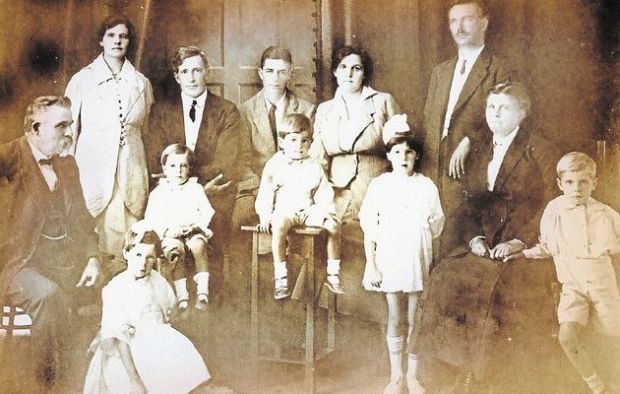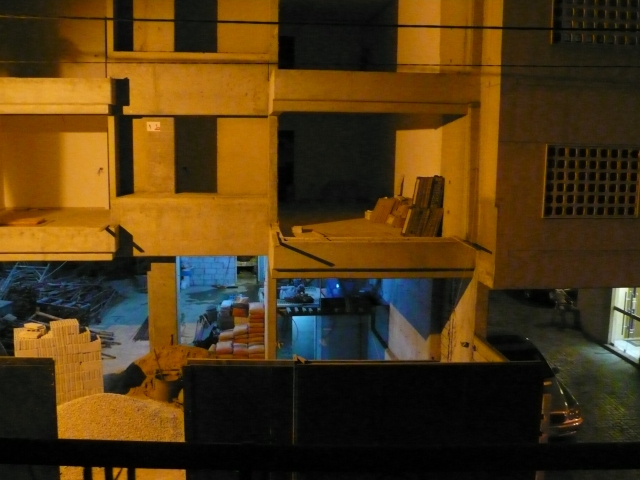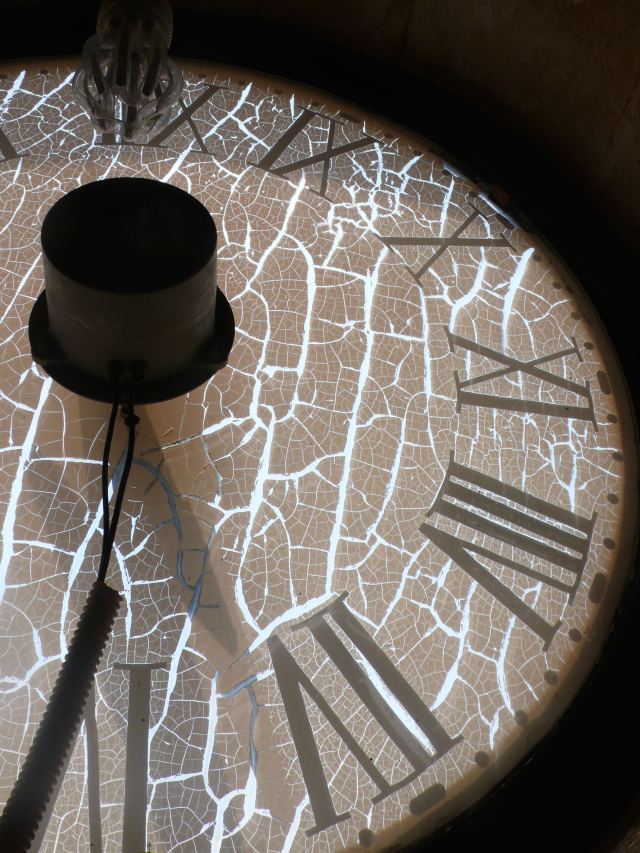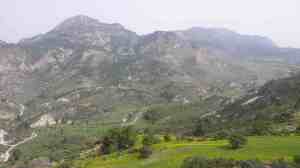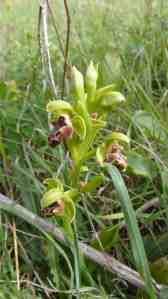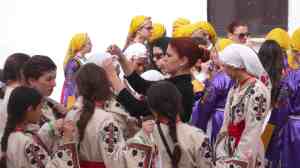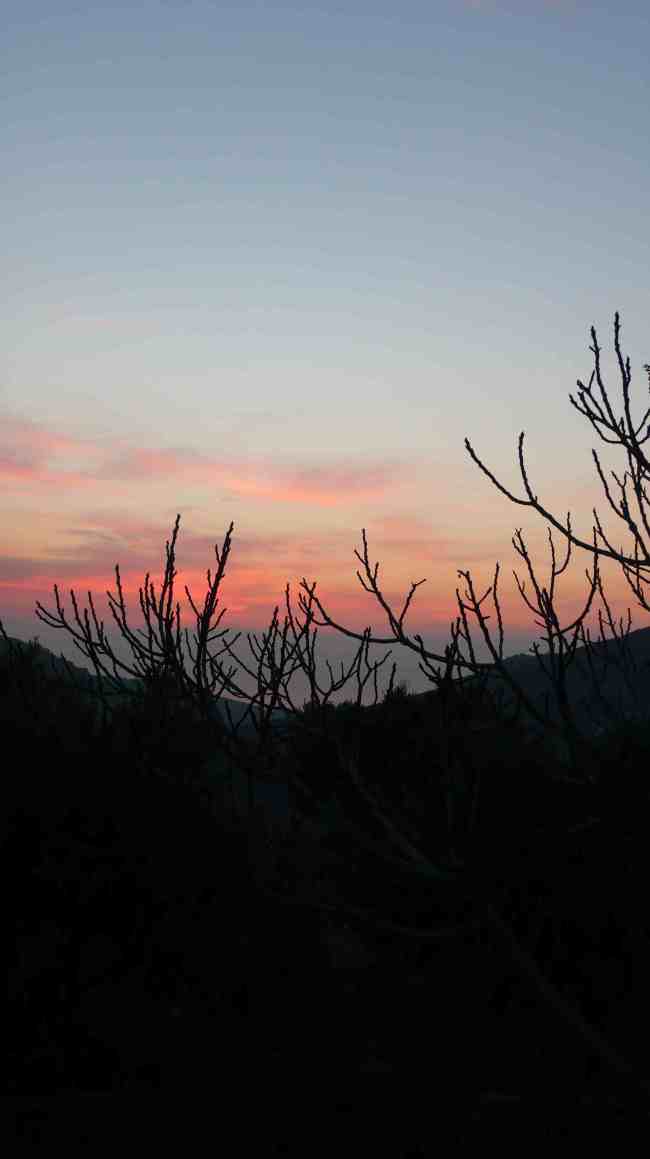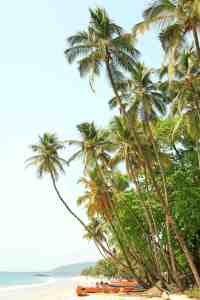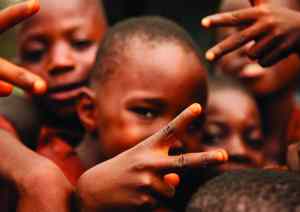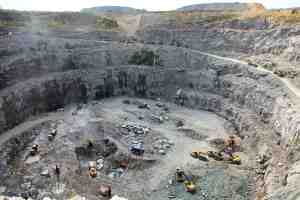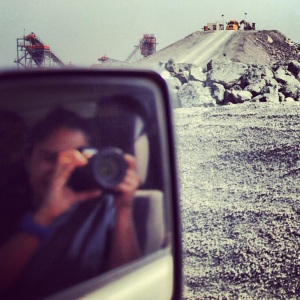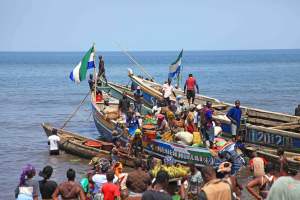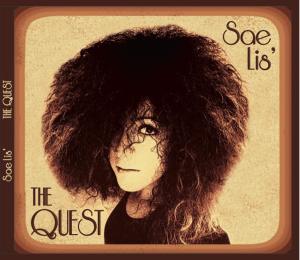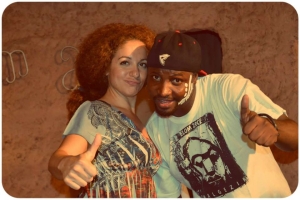-

-
An artistic impression of the old Martyr’s Square, Cinema Rivoli featuring a Farid Al-Atrash movie in the background. Image courtesy of Nathalie Rosa Bucher
-

-
Rivoli Cinema in central Beirut
-

-
American actress Raquel Welch as seen by Hawarian. Image courtesy of Nathalie Rosa Bucher
-

-
Clarke Gable as seen by Yervant Hawarian. Image courtesy of Nathalie Rosa Bucher
-

-
Hawarian also painted Swedish actress Anita Ekberg in that famous La Dolce Vita scene in the Trevi Fountain in Italy. Image courtesy of Nathalie Rosa Bucher
-

-
Hollywood superstar Rita Hayworth painted by Hawarian. Image courtesy of Nathalie Rosa Bucher
-

-
The gorgeous Italian actress Gina Lollobrigida painted by Yervant Hawarian. Image courtesy of Nathalie Rosa Bucher
-

-
The one and only BB – French actress Brigitte Bardot. Image courtesy of Nathalie Rosa Bucher
-

-
The one and only BB – French actress Brigitte Bardot. Image courtesy of Nathalie Rosa Bucher
-

-
Yervant Hawarian also painted Ava Gardner – wearing traditional Armenian necklaces. Image courtesy of Nathalie Rosa Bucher
-

-
Yervant Hawarian loves Italian actresses – including Sophia Loren. Image courtesy of Nathalie Rosa Bucher
-

-
The signature that featured on scores of ‘affiche’ across all of Lebanon. Image courtesy of Nathalie Rosa Bucher
-

-
The legendary affiche artist showcasing boxes he painted with old Arabic cinemas and poster motifs. Image courtesy of Nathalie Rosa Bucher
Young Salvatore, aka Toto in Cinema Paradiso, would not have fallen in love with cinema and become a great filmmaker without Alfredo, the village cinema projectionist. Similarly, Yervant Hawarian may not have become a sought-after affiche (cinema poster) artist had it not been for Pedros, an affiche artist in Hawarian’s hometown of Qamishli, Syria.
Much of Hawarian’s artwork has been lost but, in his flat in Bourj Hammoud, he showed NOW a few of his remaining pieces. The first was one of Martyr’s Square on a rainy day in the 1960s, pedestrians holding umbrellas. A tram is passing big banners at the Rivoli, advertising a Farid Al-Atrash film, Love Beach (‘Sha’ate el hob’ in Arabic).
The surviving works include paintings of many American, Swedish, Italian and French film stars. Quite a few adopt sultry and seductive poses. Some, like Ingrid Bergman, are demure, and others, like Charles Bronson, are feisty. The fact that Hawarian loves Gina Lolobrigida is obvious to see. The same goes for Sophia Loren, whom he painted twice, once in a reclining pose as if she’d just woken up. Ava Gardner is adorned with a traditional Armenian necklace and, because the artist likes the King a lot, he painted Elvis Presley too.
Hawarian painted more Western stars than Arabic ones, which is a reflection of the distributors he worked for. He did, however, become friends with some of the big names in Arab cinema, notably Samira Tawfik, whom he took to Damascus during the war.
Asked whether he feels he knows the stars better, having painted them, Hawarian replies: “Yes, of course. I am an artist, all the doors are open, there are no limits, I can meet anyone I want through my imagination and my painting.”
He laughs when asked whether he had guidelines to follow as to how to paint actresses. “When you watch old Egyptian movies, you’ll see the actresses were more open than today. There were no restrictions, in fact, when I painted them in sexy or sultry poses, they [the distributors] were happy!”
As a child in Qamishli, Hawarian was given weekly drawing classes at the Sagesse School. “We used to have a model, a picture or something and we’d have to copy it,” he recalls. “Once done, our teacher would check with a ruler, and I’d usually get good marks as I magnified it.”
When he was eight, Hawarian met Pedros, an affiche artist in Qamishli. “There were five cinemas in Qamishli, it was the Petit Paris.” Hawarian says. The weekly art sessions enabled him to discover his passion, but Hawarian emphasizes that it was Pedros who inspired him.
The young Hawarian used watercolor in such a way that it looked like oil. He’d buy kilos of paint in the form of powder, mixing it with wood glue and water. He still uses the same method, but also uses oil and gouache.
Hawarian’s life changed during the era of the United Arab Republic. His family, originally from Sasoun (present-day Sason a district in the Batman Province in Turkey), had moved to Syria in 1915 to escape the Armenian genocide. His father had done well and had become wealthy and well known, running a water mill. The mill was nationalized as part of the widespread nationalization of businesses under the UAR, and the family moved to Burj Hamoud. No compensation was paid and so Hawarian did not continue his education.
His father was against the idea of his son becoming a painter, but still Hawarian painted. At 14, he was the youngest affiche artist of his time.
“There was the Cinema Madonna in Burj Hammoud, owned at the time by George Bedorian. Armenians know each other… he knew of my talent and commissioned me,” Hawarian recalls. “That was in 1963. But I painted affiches for Qamishli’s Cinemas. There was the Cinema Damascus; Cinema Fouad, which was Armenian Catholic; Cinema Haddad was Assyrian; Cinema Garbis was Armenian; and the Sheherazade, an open-air cinema.”
“We used to paint in the downtown cinemas, the Cinema Pigalle, Rivoli, that was the best area,” he explained. And indeed Hawarian’s breakthrough came when he was introduced to Chafic Fathallah, a prominent film distributor, who asked him to paint for the Rivoli. Having started out as the youngest of the lot, Hawarian quickly made a name for himself and became a sought-after affiche artist.
“There was another guy, when I started working with them [the Rivoli], but I became the prominent artist there. So I entered the bigger market thanks to Fathallah. Then American companies opened, Concorde, Metro, United, Paramount, Universal, CIC, they came to me to do the posters.” He continues: “I started working for the Rivoli in 1968, then Concorde, then Piccadilly, the affiches would go to Byblos, Tripoli, Sidon, Tyre, and Zahle – it grew until 1975.”
Hawarian, who has a prominent moustache and a mischievous, friendly smile, readily admits to being in love with cinema… and with some of its greatest stars. He would not need to watch the movies to paint his affiches. He received the studio pictures and replicated and magnified them as he’d done at school.
With the war in Beirut most of the cinemas froze. “There was only one cinema in Jounieh at the time,” Hawarian points out. “In 76/77 there was a little improvement, all the other old customers started asking for affiches again. I worked with Empire, also in the Hamra area the cinemas started again. There were also singers, artists who used to do shows, and I used to paint them. And not only cinema stars, but I painted the open air cinema in Zaitounay, owned by a friend’s father.”
Known to be able to do big jobs, Hawarian had a good reputation and said he was able to maintain himself financially through his art. His biggest job was a 40x10m affiche that was put up in Verdun, to announce a new James Bond film. “It took a lot of time to dry, it was humid, I got the commission during the rainy season but I accomplished it in 10 days. It got Concorde the best turn-out for any movie ever!”
Once the weekly run of a movie was over, the affiche would, however, be whitewashed and he’d have to paint over it. The posters in the street would be covered by others. This affected him and by the early 70s he had already started doing his own artwork – a few of these works still survive. His focus gradually shifted and included commissions for religious work. Then, in 1980, he started accepting commissions to paint political figures. Just like his film stars, he painted Lebanon’s political who’s who from photographs.
Though many cinemas closed due to the war and because of the advent of TV, the demand for Hawarian’s work didn’t decrease, but he chose to stop. The very last Hawarian went up at the Espace 2000 in Jounieh in 1995 to advertise the movie Seven.
Not surprisingly, Hawarian is nostalgic.
Houry Ellezian contributed to this article.
https://now.mmedia.me/lb/en/features/memories-of-a-movie-poster-artist

